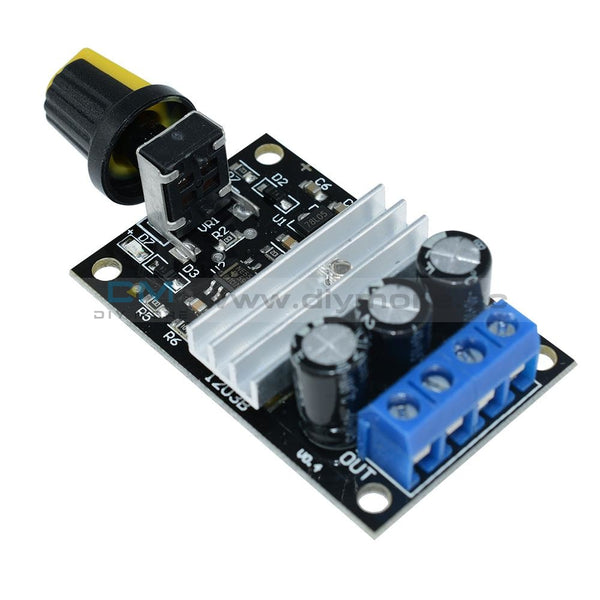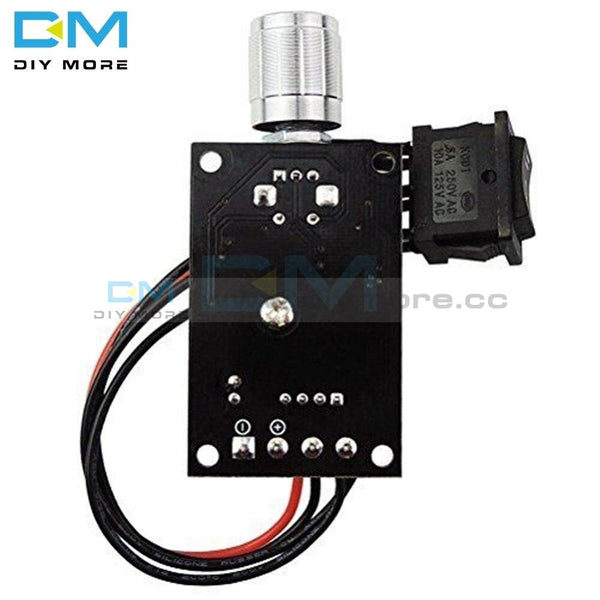Hi folks,
I am attempting to power a small 12V 3A bilge pump (I'm not using it on a boat) with a power bank that supports Power Delivery up to 65W and is rated to do 12V 3A.
I have a 100W USB-C to USB-C cable connected to the PD output port of the power bank and then to a PD trigger (ZY12PDN) with the trigger locked to transmit 12V power. However whenever I attach the pump's two cables to the + and - screw terminals on the PD trigger, the light on the trigger immediately goes out (shuts off). I feel like the trigger is shutting down to protect itself. Would that be because attaching the pump is causing some sort of surge? Do I need some sort of controller to start with low power and crank it up slowly?
I have seen a few YouTube videos of people using PD capable power banks with ZY12PDN triggers to power various 12V DC devices (though not a pump) and they don't seem to have an issue like me.
Any help or suggestions would be much appreciated, I am new to electronics.
I am attempting to power a small 12V 3A bilge pump (I'm not using it on a boat) with a power bank that supports Power Delivery up to 65W and is rated to do 12V 3A.
I have a 100W USB-C to USB-C cable connected to the PD output port of the power bank and then to a PD trigger (ZY12PDN) with the trigger locked to transmit 12V power. However whenever I attach the pump's two cables to the + and - screw terminals on the PD trigger, the light on the trigger immediately goes out (shuts off). I feel like the trigger is shutting down to protect itself. Would that be because attaching the pump is causing some sort of surge? Do I need some sort of controller to start with low power and crank it up slowly?
I have seen a few YouTube videos of people using PD capable power banks with ZY12PDN triggers to power various 12V DC devices (though not a pump) and they don't seem to have an issue like me.
Any help or suggestions would be much appreciated, I am new to electronics.





